 Comets
Comets
Comets are balls of ice and dust that are part of the Solar System. Comets appear to have a long tail due to the effect produced when they are close to the Sun. After the telescope was invented, astronomers began to study comets more thoroughly, and they found out that most comets appear every so often.
Some Famous Comets
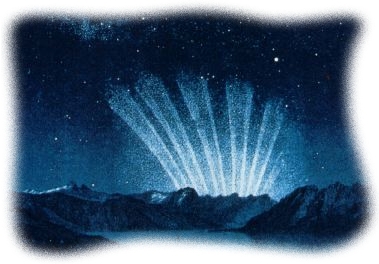
The Great Comet of 1744, also known as Comet de Chéseaux and whose official designation is C/1743 X1, is one of the most spectacular comets ever observed. It appeared during 1743 and 1744, and it was discovered separately by Jan de Munck, then by Dirk Klienkenberg, and a while later by Jean-Philippe de Chéseaux. It was visible to the naked eye for several months during 1744, displaying dramatic and astonishing effects in the sky.

The Borrelly Comet is a periodic comet which was discovered by Alphonse Borrelly during a search for comets at Marseilles, France on December 28, 1904. On September 21, 2001, the spacecraft Deep Space 1, which was launched to test new equipment in space, flew in close proximity to Borrelly and was able to send back to Earth the best images of the comet and other scientific data.
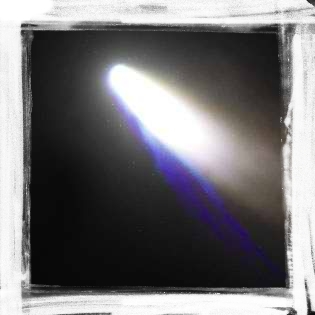
The Encke Comet has the shortest period known of until today. It was seen for the first time in Paris on January 17, 1786 by Pierre Méchain. In 1819, the German astronomer and director of the observatory at Gotha, Johann Franz Encke (1791-1865), demonstrated that the orbit of this comet was elliptical and lasted three and a half years. In comet years, the current age of the Encke Comet is 105 years. Its life has been estimated to last until 2050 -2060, when it will become an asteroid.
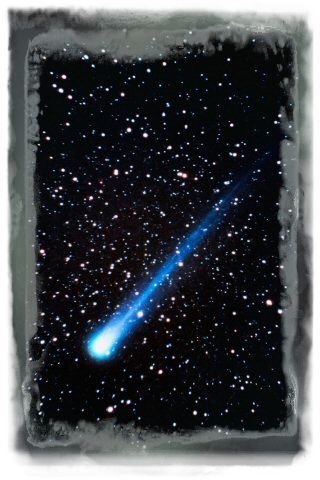
The Hyakutake Comet, officially C/1996 B2, was discovered in January 1996 and passed close to Earth during that same year. It was called the Great Comet of 1996; its approach to the Earth was one of the closest in the last 200 years. Hyakutake appeared as a very bright object in the night sky and was visible worldwide.
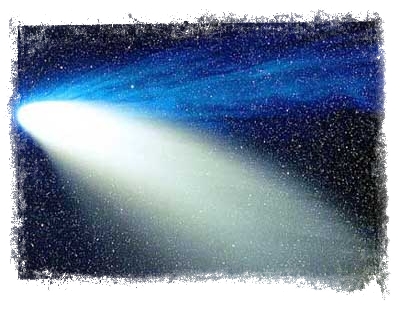
The Hale-Bopp Comet, officially C/1995 O1, was perhaps the brightest and most widely observed comet of the last decades. It was visible to the naked eye for 18 months, almost twice as long as the Great Comet of 1811.
Hale-Bopp was discovered on July 23, 1995 very distant from the Sun, raising expectations that the comet would be especially bright by the time it passed close to Earth. While predicting accurately the brightness of comets is very difficult, Hale-Bopp exceeded all expectations when it passed on April 1, 1997. It was called the Great Comet of 1997.
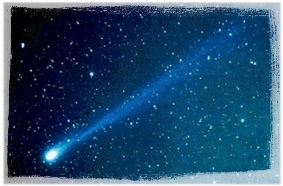
Halley’s Comet, officially 1P/Halley, is a large bright comet that orbits the Sun every 75 to 76 years on average. It is one of the brightest and best-known comets. It was last seen in 1986 near the Earth’s orbit, and its next visit has been calculated to occur in the year 2061. Halley’s Comet was the first one to be identified as a periodic comet. Its orbit was first calculated by the astronomer Edmund Halley in 1705. It was previously observed in Europe in 1472 by Johannes Müller, also known as Regiomontanus.
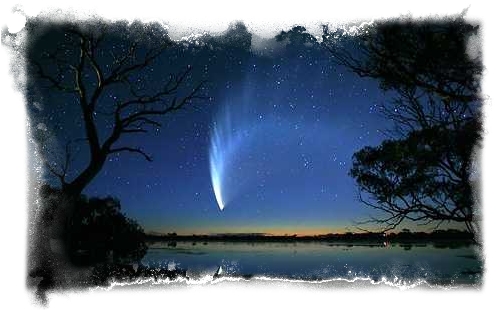
Comet C/2006 P1, known as the McNaught Comet, is a non-periodic comet discovered on August 7, 2006 in Australia by Robert H. McNaught. It reached its perihelion on January 12, 2007 and became visible to the naked eye. It is the brightest comet seen in the last forty years.

 Links
Links